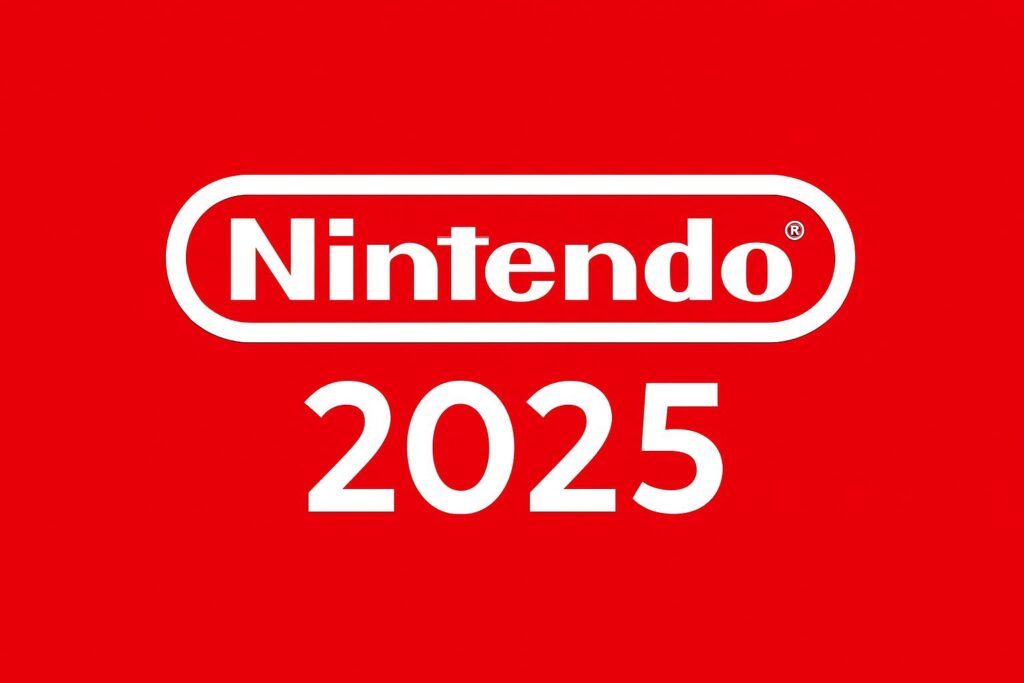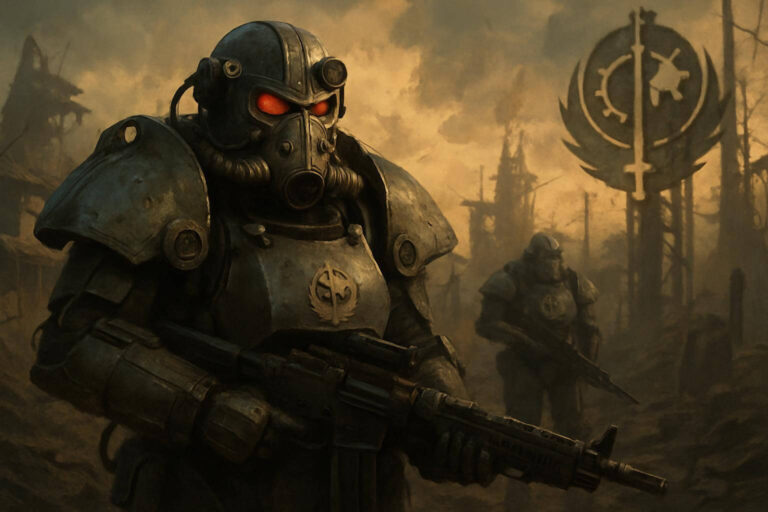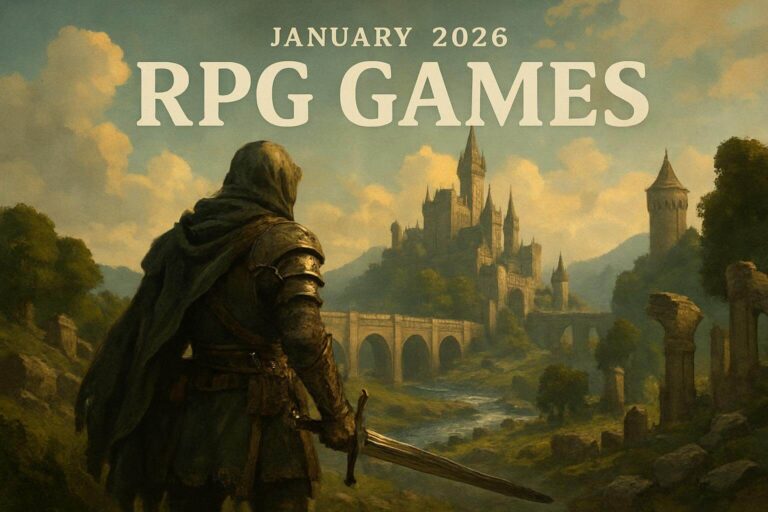
The Dawn of a New Era: Nintendo in 2025 Begins with Power
In 2025, Nintendo opened a fresh chapter. The long-rumored Switch 2 finally launched in June. It came with better performance, a larger screen, and new Joy-Con controls. Players saw games run smoother, faster, and sharper. This release marked Nintendo’s most powerful console to date.
The Switch 2 wasn’t just a tech upgrade. It was a new direction. The device offered hybrid gaming, like the original, but with better graphics and longer battery life. Nintendo also added a native voice chat system and a new game-sharing hub. These features kept the family-friendly experience intact while welcoming serious gamers back into the fold.
A Year of Iconic Games and Reinventions
Nintendo in 2025 wasn’t just about the hardware. It was about content—plenty of it. The year saw a strong launch lineup for Switch 2. It included Mario Kart World, a revamped open-world racing game. Players raced across cities, deserts, and even space stations. Online lobbies supported 24 players, making it a community hit.
Another big hit was Donkey Kong Bananza. The 3D platformer returned with destructible environments and puzzle combat. It pushed the new console’s limits. A fresh IP, Drag x Drive, offered something different. Players raced in wheelchairs using motion controls—bold, new, and inspiring.
Later in the year, Pokémon Legends: Z-A took center stage. Set in a futuristic Kalos, it brought back Mega Evolutions and gave the story a darker edge. Even old favorites like Metroid Prime 4: Beyond made a comeback. Samus now used psychic powers, adding a twist to traditional combat.
From Legacy to Leadership: How Nintendo in 2025 Shifted Focus
Nintendo didn’t ignore the original Switch either. Some games launched on both systems. That included Pokémon Legends and Metroid Prime 4. But the shift was clear. Nintendo wanted players to move on to the Switch 2. Exclusive titles started to dominate news cycles.
Third-party support grew strong too. Hades 2, Final Fantasy Tactics: The Ivalice Chronicles, and Elden Ring: Tarnished Edition all came to the Switch 2. Developers praised its hardware. Indie devs, especially, found creative freedom with the new architecture. Many past Switch developers returned with sequels and remasters.
This also meant Nintendo began phasing out older models. Production slowed for the base Switch by mid-year. Retailers began promoting Switch 2 bundles during summer and holiday sales. By the holiday season, the Switch 2 outsold its predecessor significantly.
Holiday Magic and What Lies Ahead
The holiday season in 2025 showed Nintendo’s staying power. The company rolled out new games like Kirby Air Riders and Hyrule Warriors: Age of Imprisonment. Both were Switch 2 exclusives. Families lined up in stores. Kids and adults alike filled digital lobbies.
Nintendo teased another surprise—a rumored Zelda title in early 2026. Fans noticed hints in promotional art and game lore. With the strong momentum of 2025, expectations rose.
Behind the scenes, Nintendo’s global sales surged. Reports showed over six million Switch 2 units sold within two months of launch. Profits rebounded. Analysts noted this as one of the company’s strongest years since the Switch debuted in 2017.
Looking ahead, Nintendo in 2025 set the tone for the next five years. The focus had shifted to original experiences, bold ideas, and a clear tech upgrade. Still, it didn’t abandon its roots. The charm, the color, and the fun all remained. It simply evolved.
In summary, Nintendo in 2025 was a story of change and courage. It took risks with hardware. It offered surprises in software. And it reminded the world that innovation doesn’t mean forgetting who you are. It means growing with your audience—and sometimes leading them somewhere they didn’t know they wanted to go.






